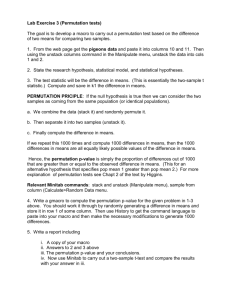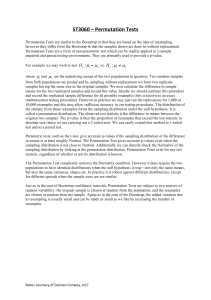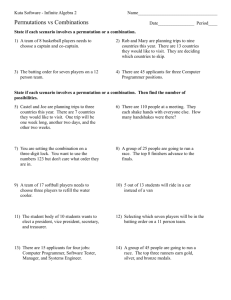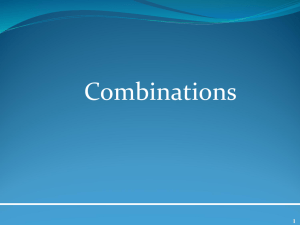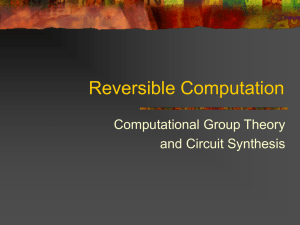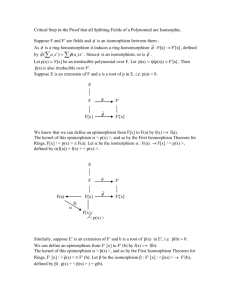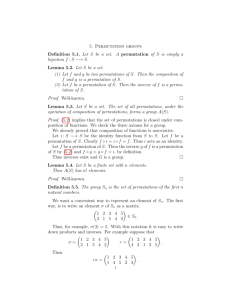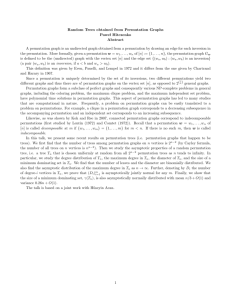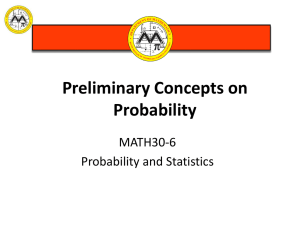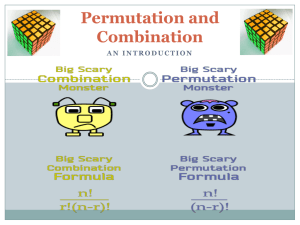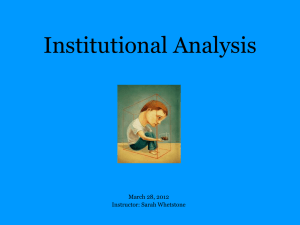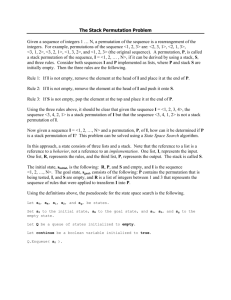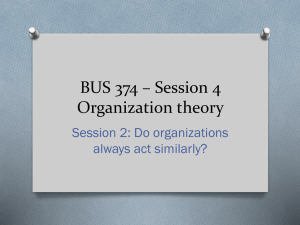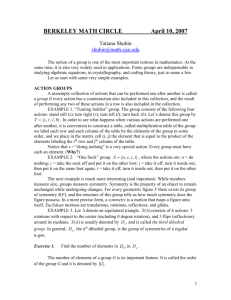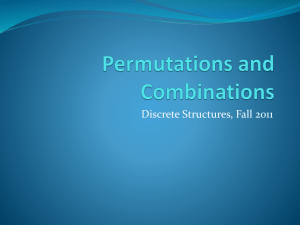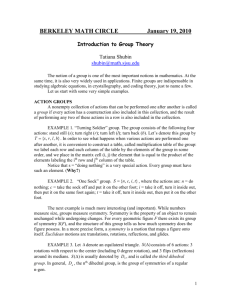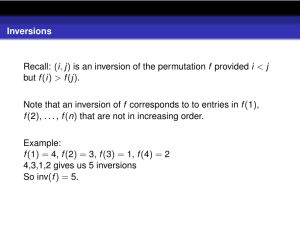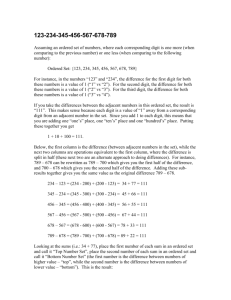CayleyThm
advertisement
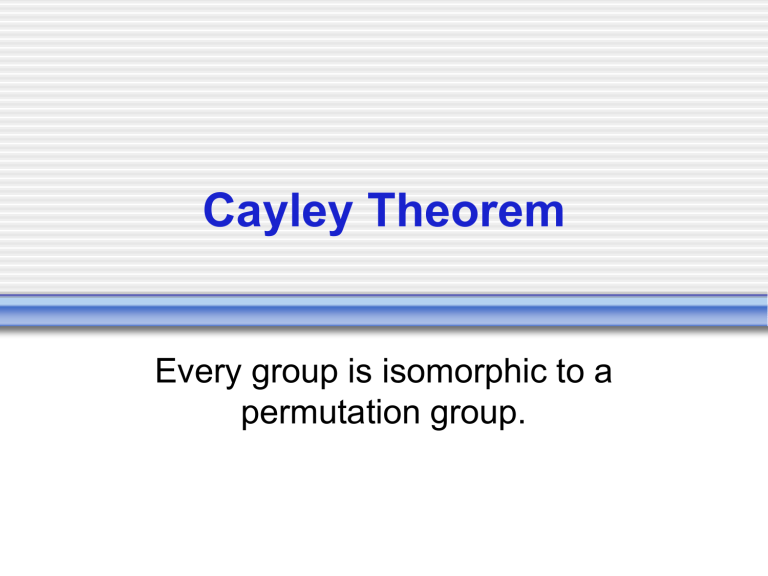
Cayley Theorem
Every group is isomorphic to a
permutation group.
Example: U(10)
• U(10) = {1, 3, 7, 9}
• Definition: For g in U(10), let
Tg(x)= gx
• T1(x) = x T1 =
• T3(x) = 3x T3 = (1 3 9 7)
• T7(x) = 7x T7 = (1 7 9 3)
• T9(x) = 9x T9 = (1 9)(3 7)
Every group is isomorphic to a
permutation group
Proof: Let G be any group.
1. For g in G, define Tg(x) = gx.
We show Tg is a permutation on G.
2. Let S = {Tg | for g in G}
We show S is a permutation group.
3. Define the map :G S by (g)=Tg We
show is an isomorphism.
1. Tg is a permutation on G.
Suppose Tg(x) = Tg(y).
Then gx = gy.
By left cancellation, x=y.
Hence Tg is 1 to 1.
Choose any y in G. Let x = g-1y
Then Tg(x) = gx = gg-1y = y
So Tg is onto.
This shows that Tg is a permutation.
2. {Tg | g in G} is a group
The operation is composition. For a,b,x,
TaTb(x) = Ta(bx) = a(bx) = (ab)x =Tab(x)
So
TaTb = Tab
(*)
From (*), TeTa = Tea = Ta,
So Te is the identity in S.
If b = a-1 we have, TaTb = Tab = Te
So Ta-1 = Tb and S has inverses.
Function composition is associative.
Therefore, S is a group.
3. (g) = Tg is isomorphism
1. Choose a, b in G.
Suppose (a) = (b). Then
Ta = Tb. In particular, for any x in G,
Ta(x) = Tb(x)
ax = bx
a=b
Therefore is one-to-one.
(g) = Tg is isomorphism
2. Choose any Tg in S. Then
(g) = Tg
Therefore, is onto.
(g) = Tg is isomorphism
3. Choose any a, b in G.
Then (ab) = Tab
= TaTb by (*)
= (a) (b)
Therefore, is Operation Preserving.
It follows that is an isomorphism.
Why do we care?
• The permutation group we constructed is
called the
Left Regular Representation of G.
• Every abstract group can be represented
in a concrete way
• It shows that abstract groups are all
permutation groups, unifying the study of
both.

